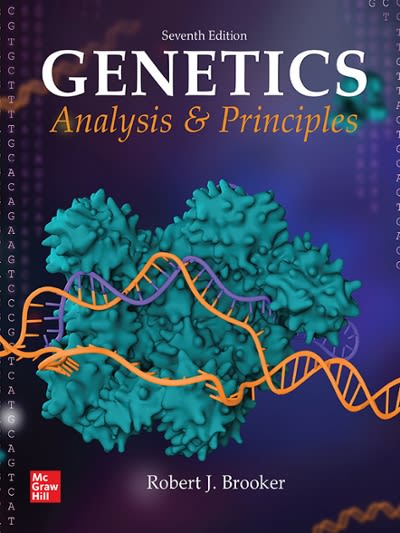An electrophoretic mobility shift assay (EMSA) can be used to study the binding of proteins to a
Question:
An electrophoretic mobility shift assay (EMSA) can be used to study the binding of proteins to a segment of DNA. When a protein binds to a segment of DNA, it slows the movement of the DNA through a gel, so the DNA appears at a higher point in the gel, as shown in the following example:

Lane 1: 900-bp fragment alone
Lane 2: 900-bp fragment plus a protein that binds to the 900-bp fragment
In this example, the segment of DNA is 900 bp in length, and the binding of a protein causes the DNA to appear at a higher point in the gel. Assuming that this 900-bp fragment of DNA contains a core promoter of a eukaryotic protein-encoding gene, draw a gel that shows the relative locations of the 900-bp fragment under the following conditions:
Lane 1: 900 bp plus TFIID
Lane 2: 900 bp plus TFIIB
Lane 3: 900 bp plus TFIID and TFIIB
Lane 4: 900 bp plus TFIIB and RNA polymerase II
Lane 5: 900 bp plus TFIID, TFIIB, and RNA polymerase II/TFIIF
Step by Step Answer:





